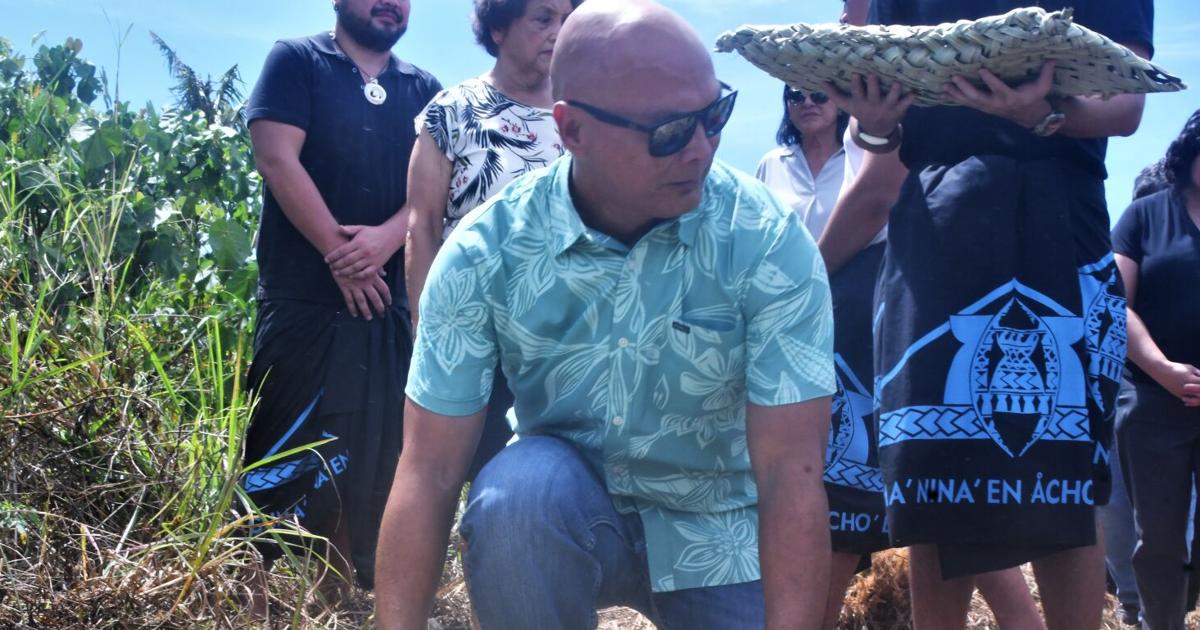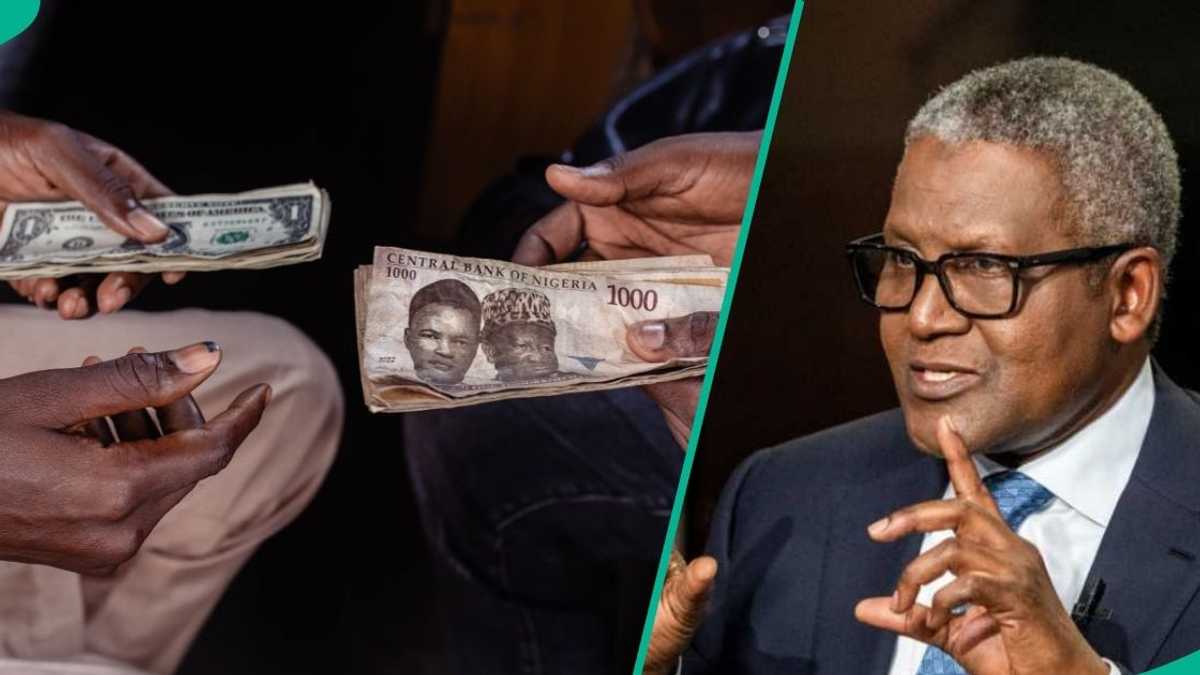Copyright guampdn

Guam Cultural Repository curator Kelly Marsh-Taitano said it would take years to process thousands of CHamoru artifacts found during the construction of Marine Corps Base Camp Blaz, and the repository wouldn’t get to them until after they’re done with the ones found earlier at other military installations. It could take more than three years to process about 480 boxes of artifacts from Naval Base Guam, the War in the Pacific Park, and a few at the Guam Museum. This means the processing of the artifacts from Camp Blaz wouldn’t start until about four years from now. Marsh-Taitano, during an Oct. 23 informational hearing at the Guam Congress Building, told senators that the military originally thought they would only find a couple hundred artifacts while building Camp Blaz, but they found thousands. Sen. Therese Terlaje asked how many years it would take to get up to date. With new intake standards, 480 boxes could be less by the time it gets to the repository, Marsh-Taitano said. She estimates it could take four years before they could get to the Camp Blaz collection, which matches up with when the collection will be ready to be given to the repository. The thousands of artifacts from Camp Blaz are being held and analyzed by contracted firms and will be the last to come to the repository, the former senator said. Marsh-Taitano served as a member of the 35th Guam Legislature, where she led the committee overseeing heritage and the arts. Plan: 120 boxes a year Marsh-Taitano said the military has about 480 boxes from years past that they will be giving to the repository. There wasn’t a number for how many boxes will be coming from Camp Blaz yet. Joint Region Marianas has an implementation plan of 120 boxes a year or 10 boxes a month, Marsh-Taitano said. “They feel like that is something that they have the capacity to do. We have the capacity to receive and make sure that everything is thoughtfully carried out step by step,” Marsh-Taitano told senators. She said the repository would receive the collection and then conduct an inventory to make sure what they said was in the collection was received. It would then go through a minimum of a two-week treatment and observation period, before being inventoried and detailed into a database. The military has yet to commit to a fee structure, Marsh-Taitano said. Terlaje asked if the fees being charged by the repository would make them sustainable. Marsh-Taitano said it wouldn’t make the repository fully sustainable because a good portion of the collection belongs to the government of Guam and the people of Guam. “There is that responsibility on our part, we as a government, in taking care of the people’s heritage,” she said. However, they worked closely with Roseann Jones, dean of the University of Guam School of Business and Public Administration and an economics professor, to come up with a fee structure that would cover major costs, including replacing specialized equipment. ‘Mitigation is incomplete’ Terlaje asked about a section in the programmatic agreement which said the military would advocate to other federal agencies to fund a complete museum complex on Guam to house and display Guam’s unique cultural artifacts for the public’s benefit. Melvin Won Pat-Borja, president of the Department of CHamoru Affairs, which is the agency overseeing the repository, said he doesn’t believe there is a commitment outside of the $12 million to build the repository. He said while the $12 million to build the repository was celebrated, it was done as a mitigation because the military development is “so impactful” and they are finding a lot of artifacts and human remains. “I’ve always said the investment is incomplete, the mitigation is incomplete. Nobody scoffs at a $12 million facility, but there is also this requirement that the repository remains operational for a minimum of 30 years to protect the federal investment,” Won Pat-Borja said. “But where is the investment to sustain the actual operation? Now that is being borne by the people of Guam through the General Fund.” The repository was able to get help through federal American Rescue Plan funding but that funding has since expired so this will become an annual obligation for GovGuam, he added. “I believe it should have been, should have always been a federal obligation,” he said. Proposed fees highest in the nation They have worked to make the fees that JRM will commit to help sustain the operation of the repository, but JRM has come back and said the proposed fees are the highest in the nation, Won Pat-Borja said. The agency responded to JRM, saying somebody has to be the highest, he said. Guam is vastly different from the average repository in the mainland U.S. and that should be considered, but Won Pat-Borja said they don’t know if the Navy will commit to those fees. “But we are certainly going to try,” he said. Terlaje again asked about the museum complex and whether there has been any movement on it. The senator said everything that has been done so far has been because Guam pushed for it, and Won Pat-Borja echoed this sentiment. The language in the programmatic agreement doesn’t commit to any hard funding from the federal government, he added. He said nothing has been committed from any federal government agency and the military says they are doing it, but GovGuam doesn’t know what the military is doing, he said. They have reached out to Hawaii Sen. Brian Schatz, who has an employee raised on Guam and is willing to help bridge the gap, Won Pat-Borja said. They’re hopeful with Schatz as vice chairman of the Senate Committee on Indian Affairs because there could be some federal funding, but it’s premature to count on that, Won Pat-Borja said. “I feel like this should be commitment by the Navy, a commitment by the Department of Defense,” he said. But the mitigations from the military have been few and far between, he added. Terlaje said the military has had to be pushed before, even with the repository, which had similar language before the $12 million funding. “So we have to push them on it,” she said.



